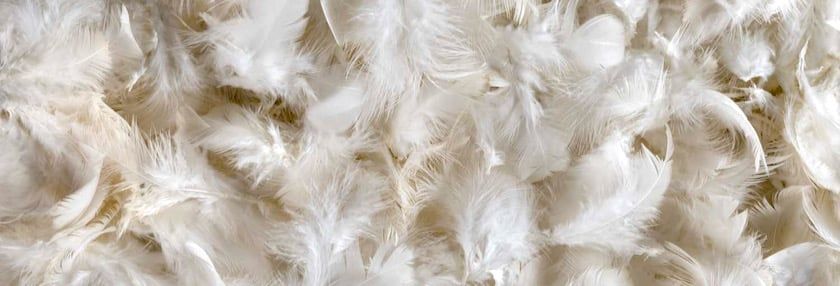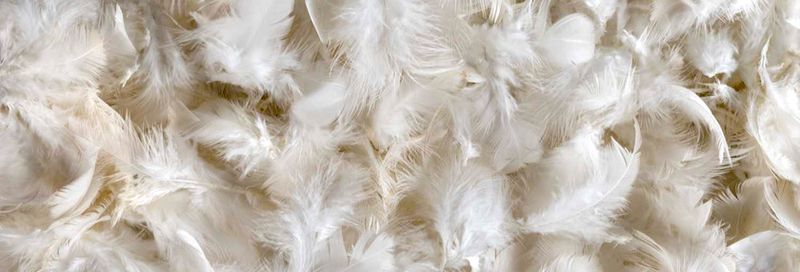Why Are My Hens Going Bald?


Fall weather signals molting season—don’t worry, it’s normal
When your backyard looks like a feather pillow exploded and your chickens have bald spots, you know it’s molting season.

Think of molt as an annual vacation from egg laying. It gives your flock time to lose old feathers and grow new ones. It can last from 8 to 12 weeks, depending on your bird. Expect fewer eggs, moodier chickens and fewer photo opportunities for your ladies.
Head and neck feathers fall out first, followed by the back, chest and thigh feathers, and finally their tail feathers. The new “pinfeathers” will grow back in the same order.
You can help your flock through molt with the right feeds and attitude.

Pamper with protein
Egg-laying chickens need calcium, but molting chickens need protein. When your chickens begin to molt, switch to a high-protein (at least 20 percent protein) complete feed. Protein helps hens channel nutrients into feather regrowth so they can get back to laying eggs.
Let them chill
Reduce stress in the coop and don’t introduce new birds. Provide plenty of clean bedding, fresh water and feed. Try not to handle your chickens much, since their skin is very sensitive as new feather shafts emerge.
Watch for eggs
Once those beautiful new feathers are grown, your hens will begin laying eggs again. Gradually transition back to a complete layer feed with plenty of calcium to support egg strength and hen health.
Tags:Poultry Lifestyle

Acreage Life is part of the Catalyst Communications Network publication family.
















